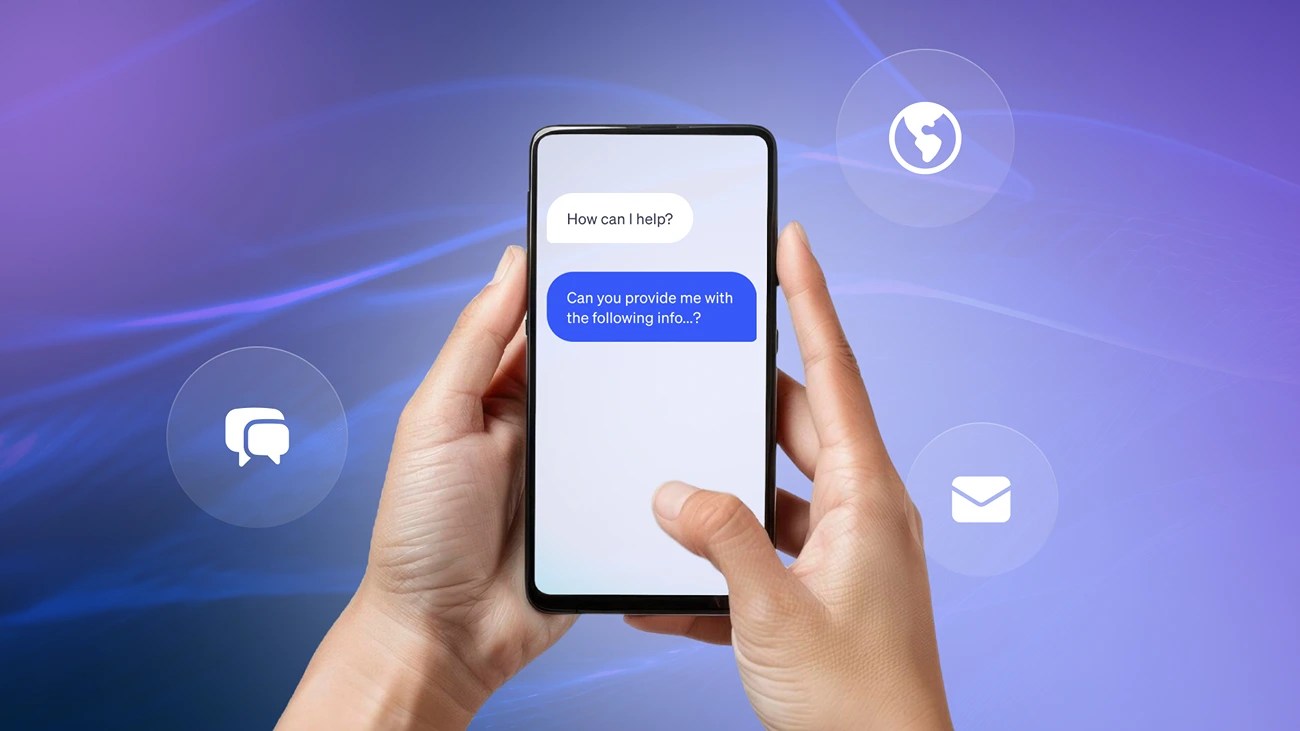If your website traffic is steady but conversions are flat, the problem may be engagement. You’re not alone. Low engagement often signals friction in the user experience and missed opportunities for conversion. The best way to fix this is by seeing your website through your users’ eyes. The right website engagement tools make that possible—from feedback forms and chatbots to interactive content, heatmaps, and retargeting emails.
We’ve rounded up 16 customer engagement tools that help you understand your visitors better, interact with them in real time, and create a website experience they’ll actually enjoy.
User Feedback & Survey Tools
Understanding how visitors feel and think about your website is the first step toward improving engagement. Rather than guessing, these tools help you capture real insight directly from your audience so you know exactly what’s working, what’s confusing, and what keeps them from converting.
1. Qualaroo
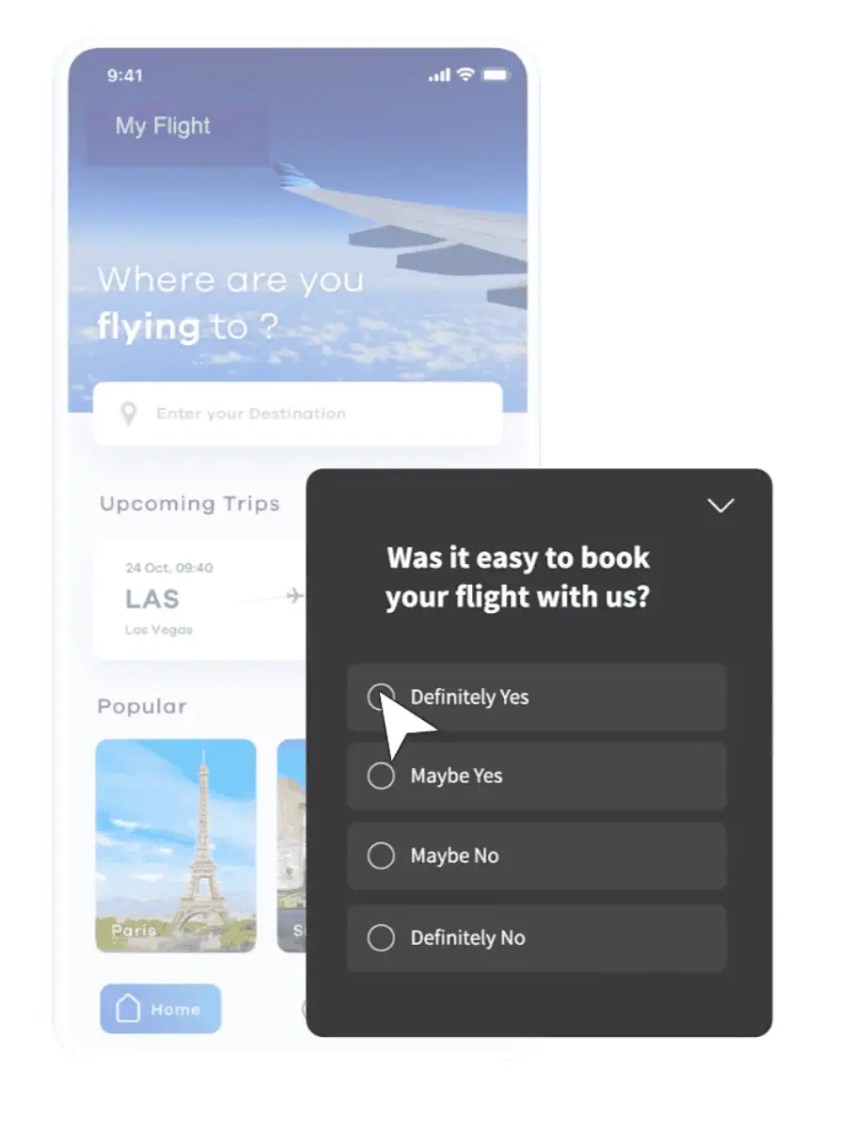
Qualaroo helps you gather on-page feedback through targeted surveys that appear while users are actively browsing your site. It captures real-time insights about visitor intent, usability, and customer satisfaction without interrupting the user experience. Use it in your SaaS product, website, web app, mobile app or other digital products.
Key Features:
- Survey Nudge™ is triggered by user behavior
- Advanced targeting options by device, page, specific actions, behavioral patterns, locations, browser cookies, etc.
- Integrates with tools like Zapier, Google Analytics, Slack, Salesforce, Intercom, and Mailchimp
Best For: Product teams, UX researchers, and marketers who want to understand site visitor motivation and reduce friction points on key pages.
2. Typeform
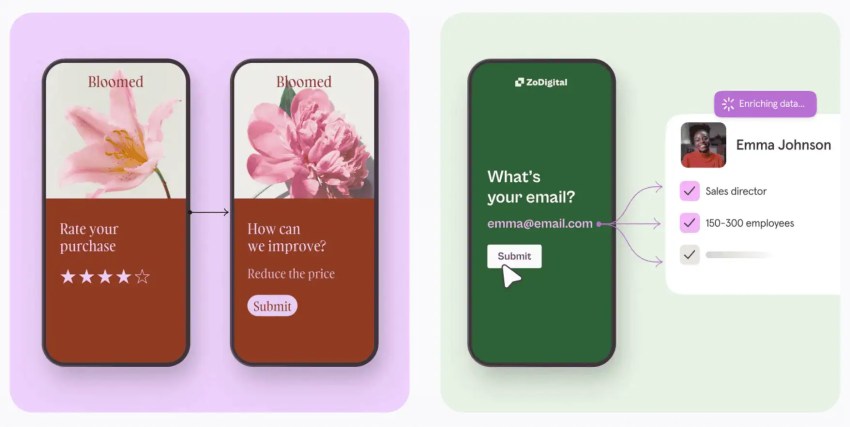
Typeform turns boring surveys and forms into interactive and user-friendly experiences that keep respondents engaged with its conversational approach. You can create different types of questions and add personalization to encourage more thoughtful answers and higher completion rates.
Key Features:
- One-question-at-a-time format for a natural flow
- Wide range of templates and custom design options
- Integrations with tools like HubSpot, Google Sheets, and Slack
Best For: Marketers, human resources, and customer success teams that need to collect feedback in a more human, engaging way.
3. Survicate
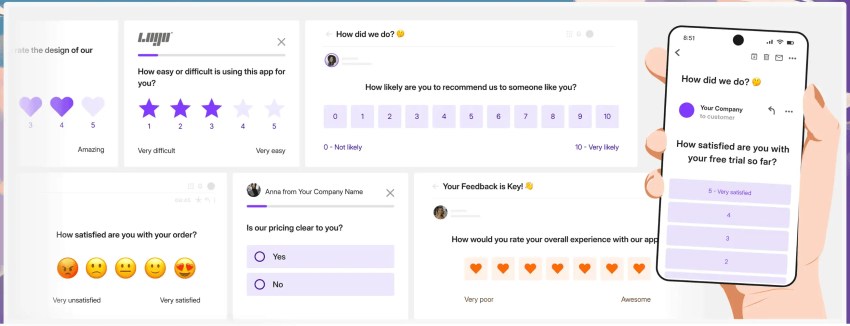
Survicate makes it simple to collect feedback across multiple channels—including websites, emails, and mobile apps—to understand the needs at every stage of the user journey. This tool gathers all feedback into one source of valuable insights.
Key Features:
- Website, link, in-product, and in-app survey widgets
- Prebuilt question templates for CSAT, NPS, and product research
- Integrations with major CRMs and analytics platforms
Best For: For product, marketing, research, and CX teams that need a simple and centralized way to measure satisfaction and gather insights across touchpoints.
Live Chat & Chatbot Tools
When customers need help or website visitors have questions, they don’t want to search through menus, be put on hold, or wait for an email reply—they want help right away. Whether it’s assisting a shopper mid-purchase or qualifying a lead for sales, live chat and chatbot tools connect users with instant answers or automated guidance the moment they need it.
4. Nextiva
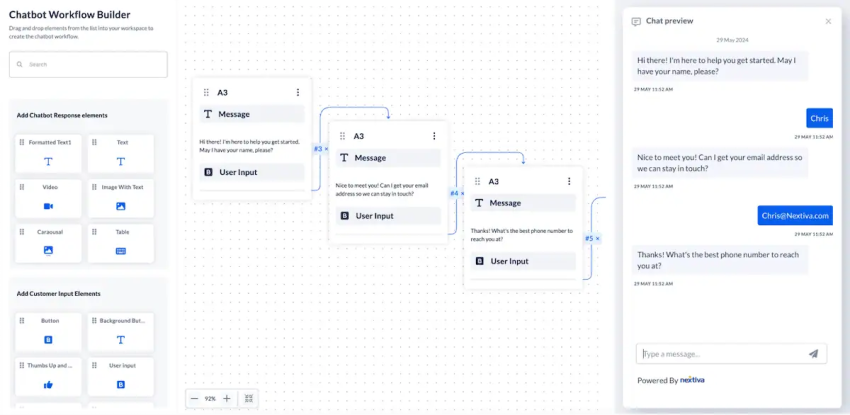
Nextiva offers live chat functionality for embedding on websites, as well as a chatbot builder integrated into its live chat system. It provides context-rich conversations for faster resolutions while syncing every customer interaction across channels like voice, email, and SMS.
Key Features:
- Embedded live chat and AI-powered chatbot that lets you set specific rules that dictate when and where a chat pops up
- Unified view of customer communication history with chat logs of all chats
- Integrate live chat, video chat, and popular messengers (WhatsApp, Instagram, Messenger, Viber) with Nextiva’s voice, CRM, and analytics tools
Best For: Customer service and sales teams that want chatbots and live chat integrated with their broader communication platform to deliver amazing customer experiences.
5. Tidio

Tidio is an all-in-one customer service platform that uses AI to help small- and mid-sized companies respond to customers around the clock. Its plug-and-play setup integrates easily with most CMS and e-commerce platforms, and it combines live chat, AI chatbots (“Lyro AI), chatbot automation workflows, a help desk, and lead generation tools.
Key Features:
- Customizable live chat widget for websites and online stores
- Chatbot templates for lead capture and order tracking
- Multichannel inbox connecting email, Messenger, and Instagram
Best For: E-commerce shops and businesses that want to improve customer support and boost conversions with quick, affordable chat automation with minimal setup.
6. Drift
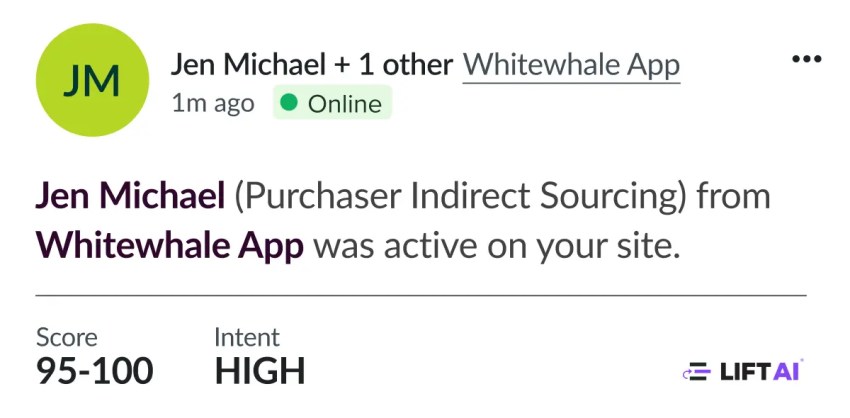
Drift is a tool that focuses on conversational marketing—using chat to qualify leads, schedule meetings, and accelerate the sales process. The Drift AI Chat agent (rebranded from Drift chatbot) personalizes visitor interactions based on behavior and CRM data for a better buyer experience.
Key Features:
- Intelligent chatbots for lead qualification and meeting booking
- Custom chat playbooks for tailored buyer conversations
- Integrations with Salesforce, HubSpot, and major CRMs
Best For: B2B companies and sales teams that rely on real-time engagement and insight to convert high-value leads.
7. Intercom
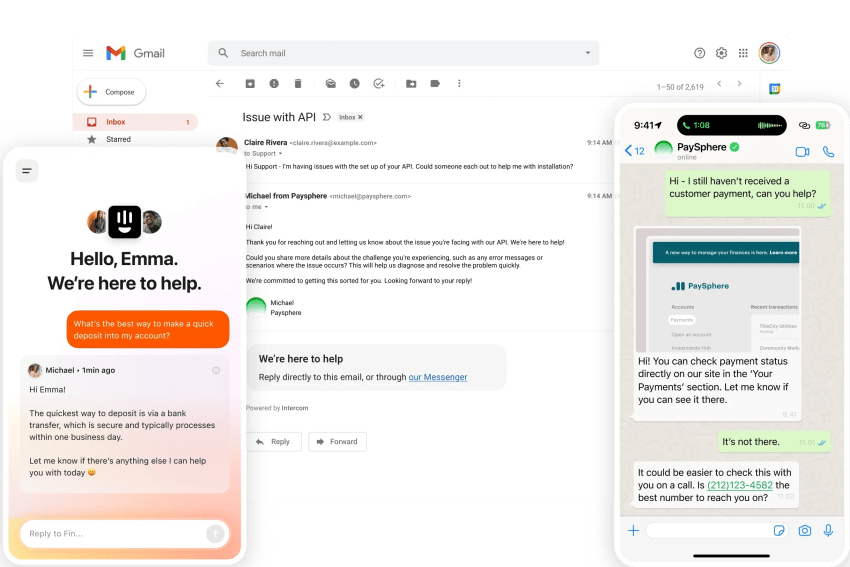
Intercom is a customer communication tool that allows you to provide omnichannel customer supportvia live chat, emails, and in-app messaging in one platform. It helps businesses connect with visitors instantly while also automating routine support through custom chatbots.
Key Features:
- Real-time live chat with visitor context and no-code chatbot builder for automated replies
- Agents get instant assistance with AI translations into 45+ languages
- Integrations include WhatsApp, Instagram, Salesforce, Stripe
Best For: Growing businesses that need a single system for both live and automated conversations to provide conversational customer service.
Content Engagement & Interactive Media Tools
Static pages can only hold attention for so long. Content engagement and interactive media tools invite visitors to take part—whether that means answering a quiz, exploring dynamic visuals, or personalizing their experience. These tools turn passive browsing into active participation, helping you keep users on your site longer.
8. Outgrow
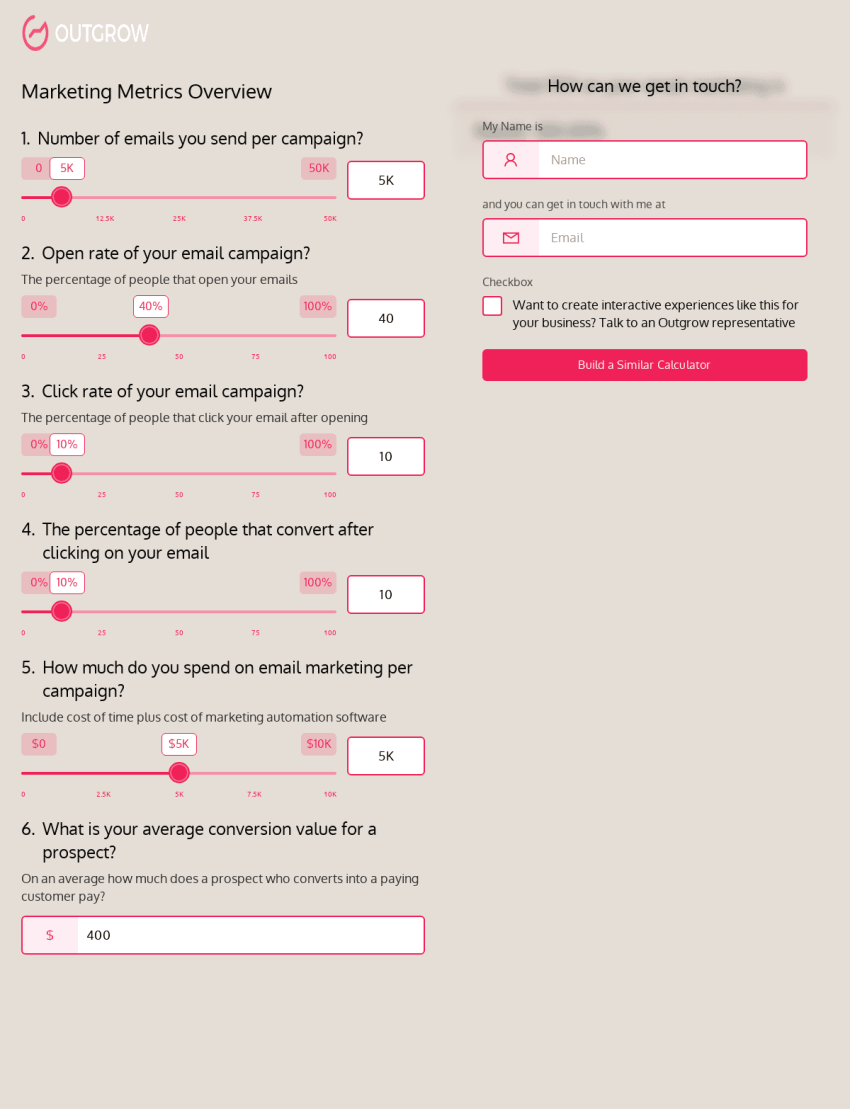
Outgrow is a tool that lets you create interactive content such as quizzes, calculators, and assessments that capture attention and generate leads. Its simple, no-code tools make it easy to create complex calculators and other content without having to hire developers.
Key Features:
- Drag-and-drop builder and 1,000+ pre-optimized templates
- Personalized results pages that encourage sharing with a simple social media share widget
- Integrations with major CRMs, storage, e-commerce, and email platforms
Best For: Marketers and content teams who want to boost engagement and collect qualified leads through interactive experiences.
9. Ceros
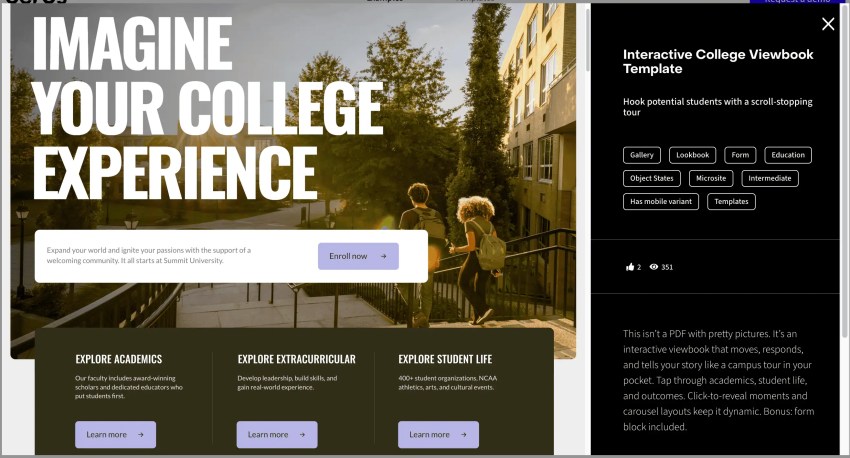
Ceros is a cloud-based design platform where you can create immersive, interactive content without having to know how to code. It’s ideal for turning static images—like PDFs or infographics—into scroll-based assets.
Key Features:
- No-code editor for animations and interactive layouts
- Flexible publishing options, like URLs and embed codes, and real-time analytics to measure user engagement
- Allows design imports from tools like Figma or Photoshop
Best For: Creative marketing and sales teams that want to publish visually rich, interactive content that drives action.
10. EX.CO (formerly Playbuzz)
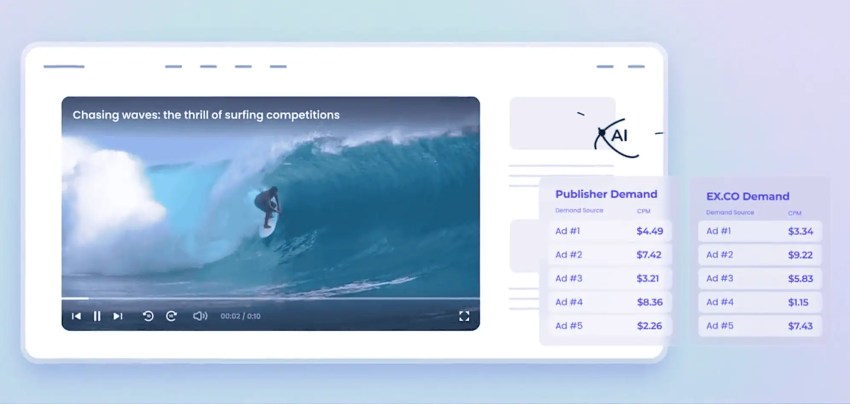
EX.CO is a self-serve video-creation platform that helps publishers and brands easily create, distribute and monetize video content directly from their website. Using AI technology, this tool makes it easy to capture attention, generate leads, and gather audience insights.
Key Features:
- Full-stack video platform that combines video player technology, world class ad-server, and content management
- Check video engagement, performance, and earnings via the platform, API, or with direct log-level reports
- Upgrade your monetization capabilities with their machine-learning engine
Best For: Publishers, brands, and content creators wanting to boost engagement through self-hosted, monetized video content.
Heatmap & Session Recording Tools
The secret to engaging visitors isn’t just about talking to them—it’s about understanding what they actually do on your site. Heatmap and session recording tools let you watch how people interact in real time: where they click, how far they scroll, and when they start to lose interest. By seeing your website through your visitors’ eyes, you can make changes that keep people exploring instead of bouncing away.
11. Crazy Egg
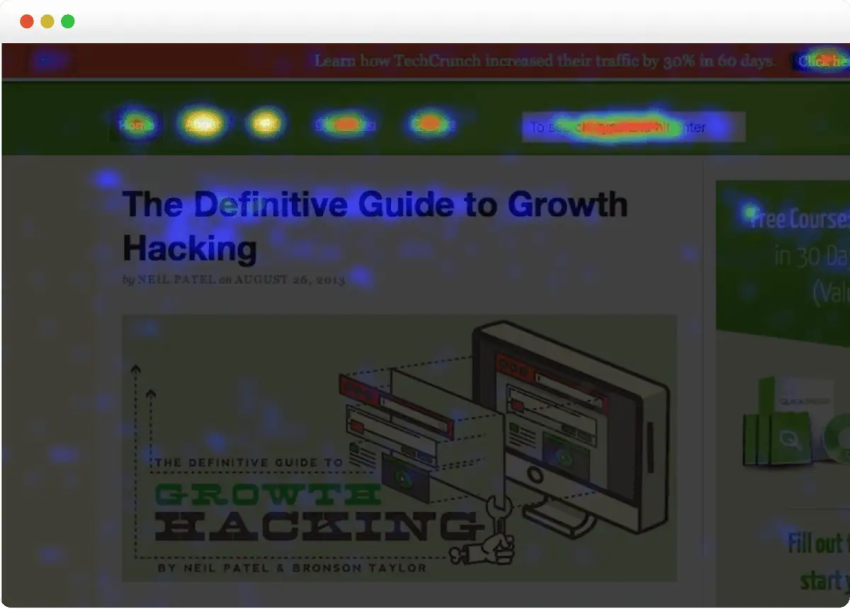
Crazy Egg helps you visualize how visitors interact with your site through heatmaps, scroll maps, and session recordings. It shows exactly what users click on (sometimes non-links), where on the page they move, and when they stop paying attention—so you can fine-tune your layout for better results.
Key Features:
- Heatmaps, overlay maps, and scroll maps to track engagement hotspots and decide where to put CTAs
- Session recordings to watch users click, scroll, and navigate your site, with filtering by device or traffic source
- A/B testing tool to compare design changes and outcomes that’s easy to set up, no matter your skill level
Best For: Marketing and design teams that want quick, visual insights into how people navigate their site.
12. Mouseflow
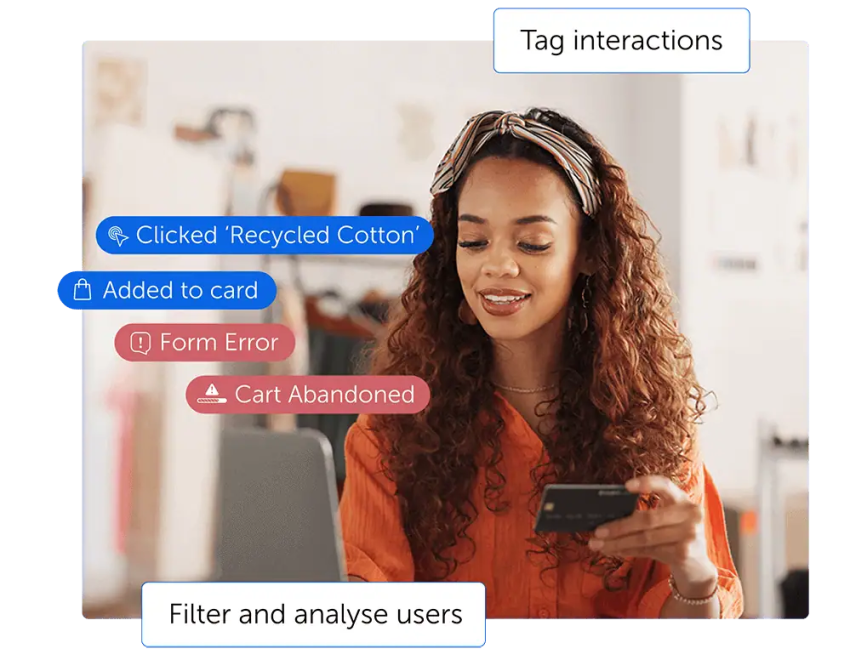
Mouseflow captures every user session to reveal how visitors move through your pages, where they hesitate, and what drives them to leave or convert. It pairs recordings with heatmaps to give a complete view of customer behavior so you can improve conversions.
Key Features:
- Customer journey mapping, session replays, and friction detection for detailed visitor clicks, movement, and scrolling behavior
- AI-based recommendations that guide you to the fixes that boost conversions
- Sync CMS, e-commerce, analytics, and marketing platforms with Mouseflow for better insight
Best For: UX designers and optimization teams looking to understand user intent and improve conversion paths.
13. Hotjar
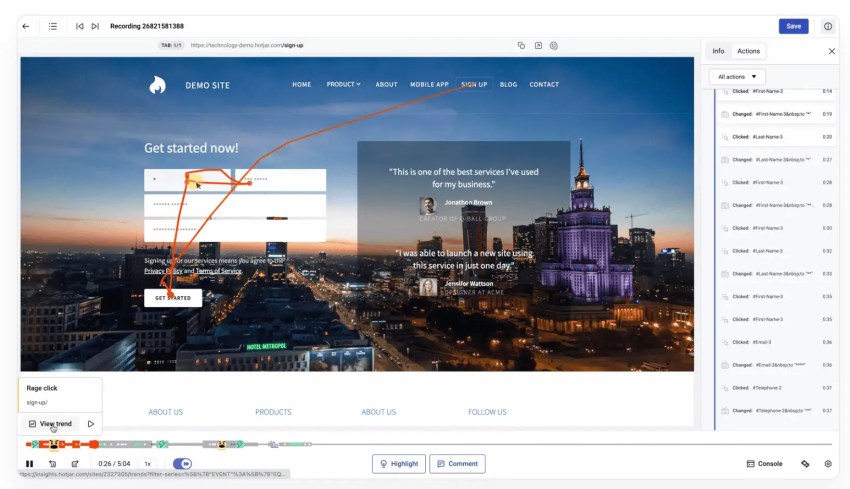
Hotjar (now part of Contentsquare) is a product experience insights platform to help you understand what users do on your site and why. It connects visual behavior data with on-page feedback for a fuller picture of the user experience.
Key Features:
- Heatmaps, session recordings, surveys, and feedback tools are easy to use and fast to set up
- Recordings of real user sessions and a recordings archive with filterable results
- Export feedback data into your tech stack (Slack, MS Teams, Jira, etc.), plus integrate with Google Analytics, HubSpot, and Optimizely
Best For: Product, UX, and marketing teams that want to pair behavioral insights with direct feedback to improve the user experience.
Email & Retargeting Engagement Tools
Not every site visitor converts on their first visit, and that’s okay. Email and retargeting engagement tools help you stay connected with those users after they leave your website. Whether it’s through a follow-up email, a reminder ad, or a personalized offer, it’s easy to bring visitors back and keep your brand top of mind.
14. Mailchimp
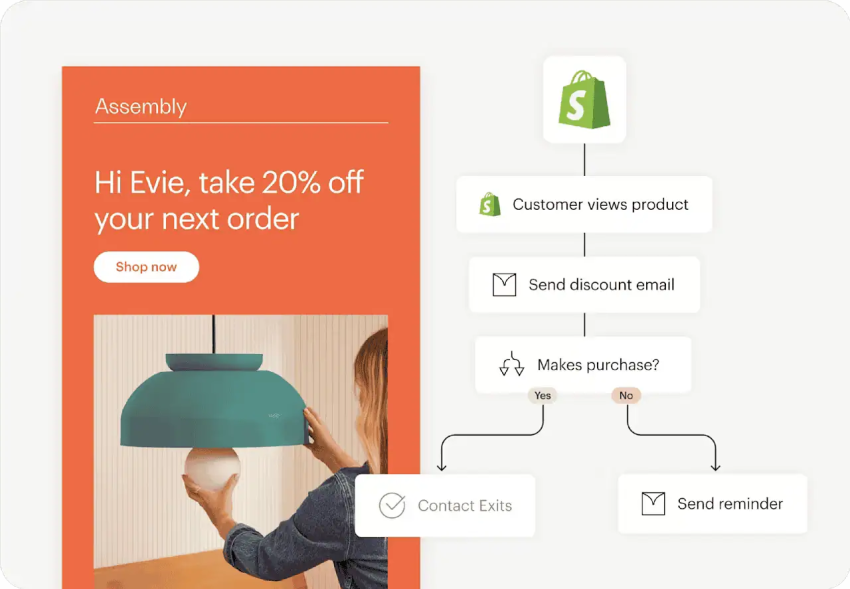
Mailchimp is an all-in-one marketing platform that makes it easy to create and automate email campaigns to nurture leads and re-engage past visitors. Its drag-and-drop builder and audience segmentation tools help you send relevant messages to those most likely to purchase. Their AI tool Intuit Assist helps you write content like headlines, body copy, or fully built emails.
Key Features:
- Automated email sequences for onboarding and follow-ups
- Audience segmentation based on behavior and purchase history
- Integrates with 300+ apps, including Canva, Shopify, Instagram, and Google Analytics
Best For: Small businesses and marketers who want an all-in-one platform for email marketing and customer retention.
15. Klaviyo
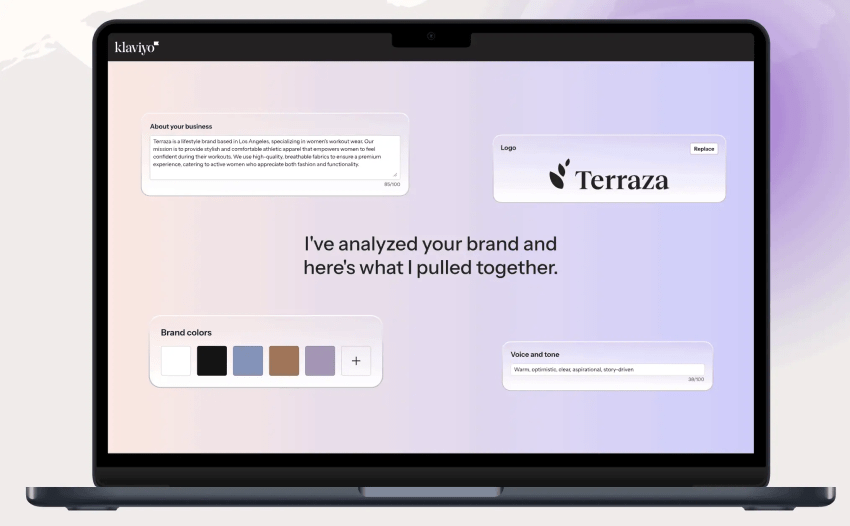
Klaviyo is a B2C CRM platform for e-commerce brands that want to connect email and SMS marketing with real-time customer data. It personalizes messages based on shopping behavior and turns one-time buyers into repeat customers.
Key Features:
- Behavior-based automation for abandoned carts and post-purchase flows
- Dynamic product recommendations from store data
- Integration with Shopify, WooCommerce, and hundreds of other apps
Best For: Online retailers that want to build stronger relationships through personalized, data-driven email and SMS campaigns.
16. OptinMonster
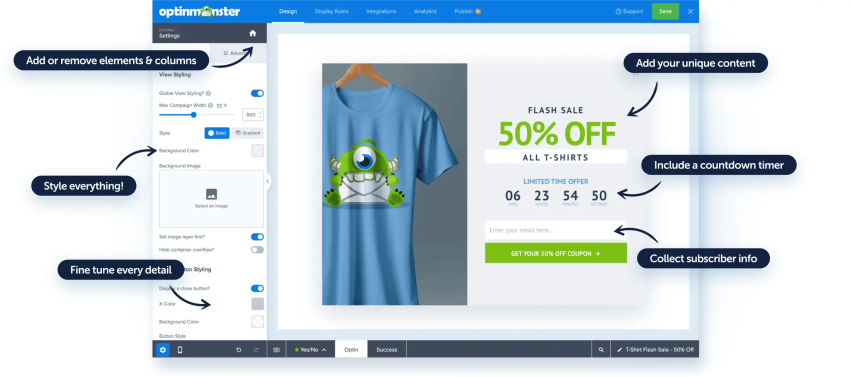
OptinMonster is a lead generation and conversion optimization platform that helps you grow your email list and increase sales by re-engaging visitors before they leave your site. Its pop-ups, slide-ins, and banners – that work on any type of website – use smart triggers to reach users at the right moment.
Key Features:
- Page-level targeting, behavior-based triggers, and exit-intent pop-ups to capture abandoning visitors
- Use pre-built templates designed for maximum conversions or start from scratch with a drag-and-drop builder
- Integrations with major email and CRM tools
Best For: Marketers who want to convert more visitors into subscribers and leads through on-site engagement campaigns.
How to Measure Website Engagement
Tracking engagement is important because it helps you understand how people actually interact with your website—what draws them in, what loses their attention, and what motivates them to act.
These are the most important customer engagement metrics that will show you whether your site’s design, content, and tools are doing their job or need fine-tuning.
Bounce rate
Bounce rate measures the percentage of visitors who leave after viewing just one page. A high rate might mean your landing page doesn’t match search intent or maybe it simply lacks a clear next step.
For instance, if most visitors exit right after arriving on your blog, consider adding stronger internal links or a clear call to action at the end of each post.
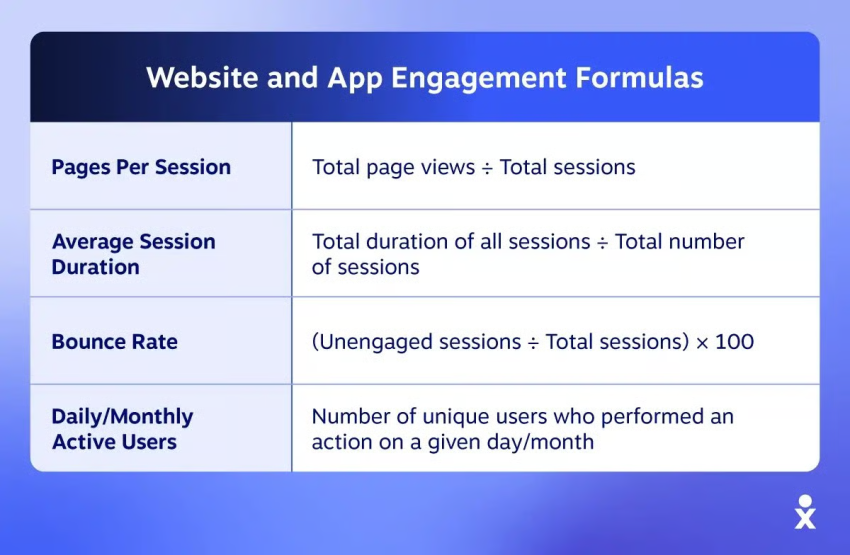
Average session duration
This metric shows how long visitors stay on your site during a single visit. Longer sessions suggest that your content is engaging or easy to navigate.
Let’s say that users spend an average of three minutes on your product pages but only 30 seconds on your homepage. This might signal that your homepage isn’t guiding them effectively.
Pages per session
Pages per session tells you how many pages a visitor views before leaving your site. A higher number can indicate curiosity and good navigation flow.
So if your analytics show that users view multiple product pages per visit, it likely means your related-product links or recommendations are doing their job.
Conversion rate
Conversion rate tracks how many visitors take a desired action, like making a purchase, downloading a guide, or signing up for a newsletter.
For instance, if two out of every 100 visitors buy something, your conversion rate is 2%. Monitoring this helps you see whether design updates or new CTAs are actually driving results.
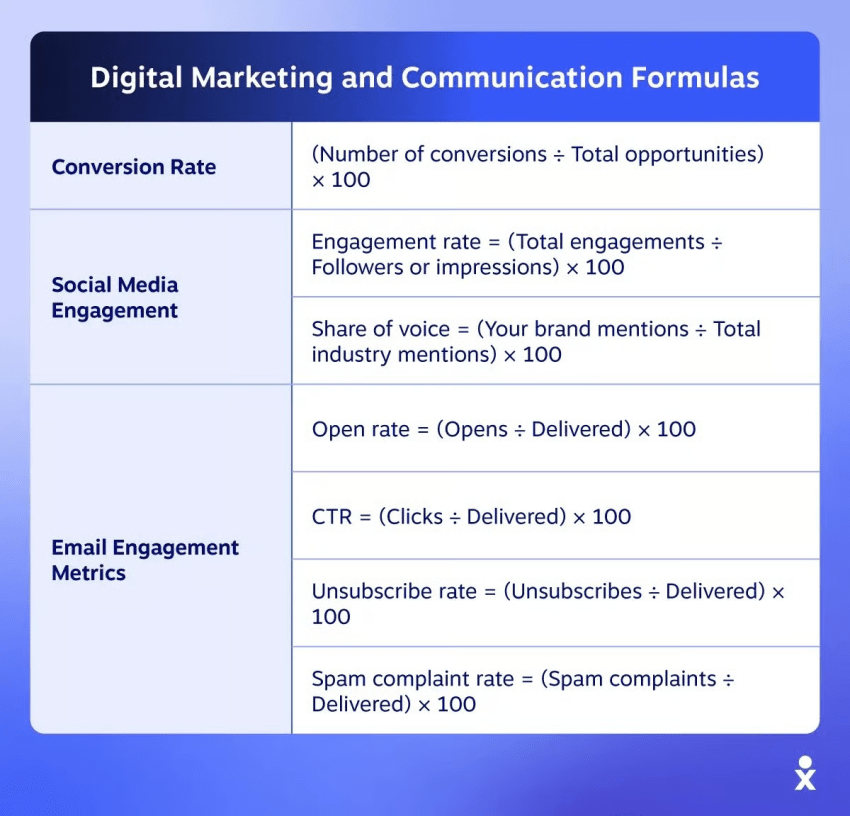
Scroll depth
Scroll depth measures how far users scroll down a page, which helps you identify whether they reach important content or stop before they get there.
If most visitors drop off halfway through a long article, you might want to move key information higher up or add visuals to keep them engaged.
Click-through rates on CTAs
Click-through rates (CTRs) shows how often visitors click on your calls to action (CTA)—like “Start Free Trial” or “Learn More.” A low CTR may mean your button placement, color, or wording isn’t compelling enough.
In this case, simply changing “Submit” to “Get My Quote” can make a noticeable difference.
Best Practices for Engaging Website Visitors
Creating genuine engagement takes more than installing the right tools—it’s about understanding your visitors and shaping a site experience that keeps them exploring.
The strategies below combine user-focused design, personalized content, and responsive communication to turn casual visitors into loyal customers.
- Know your audience. Use analytics and feedback tools to learn who’s visiting your site, where they’re coming from, and what they care about most.
- Create relevant, high-quality content. Offer information that solves real problems or answers common questions. Well-written, helpful content keeps visitors reading and builds trust.
- Design for ease and clarity. An intuitive layout with simple navigation encourages exploration. Make sure CTAs are clear, pages load quickly, and mobile users have the same smooth experience.
- Personalize the experience. Tailor recommendations, messages, or offers based on visitor behavior to make each interaction feel more meaningful.
- Encourage participation. Add quizzes, videos, polls, or other interactive features that invite users to take part instead of just scrolling.
- Listen and respond. Use surveys, reviews, or live chat to gather insight directly from visitors and show that you value their feedback.
- Measure and adapt. Track engagement metrics like time on page, scroll depth, and conversions to see what’s working—and adjust accordingly.
How to get the most out of website engagement tools
Remember, engagement tools are most effective when they’re part of a well-rounded strategy rather than an afterthought. Here’s how to get the most out of the tools you choose to use:
- Integrate tools with your analytics platform so you can connect behavior data with outcomes like conversions or sign-ups.
- Automate where it helps, such as using chatbots for quick answers while still offering easy access to live support.
- Regularly review insights from heatmaps, surveys, and session recordings to spot friction points early.
- Keep testing and refining, updating tools and tactics as visitor behavior and site goals evolve.
Turning Visitors into Customers
Improving website engagement isn’t about using every tool—it’s about choosing the right mix for your particular business goals.
So whether you need to gather feedback, chat with visitors, create interactive content, analyze user behavior, or re-engage customers through email, each of these customer engagement solutions brings its own value to the user experience.
We advise starting with one or two tools on this list that address your biggest pain points, measure the impact, and build from there.
If you need a live chat or AI chatbot to resolve customer issues instantly on your site, Nextiva is an excellent option. We seamlessly integrate live chat, video chat, and popular messengers into one powerful platform.
Resolve customer issues instantly with AI chat.
Keep customers happy, and increase efficiency with Nextiva’s AI-powered chatbots for sales and support.
FAQs
You can measure website engagement by tracking metrics like bounce rate, session duration, pages per visit, conversion rate, and scroll depth. Tools such as Google Analytics, Hotjar, or Crazy Egg provide actionable insights into how visitors interact with your site.
Popular website engagement tools include live chat platforms (like Intercom or Tidio), feedback and survey tools (like Typeform or Survicate), heatmap and recording tools (like Hotjar or Mouseflow), and email or retargeting tools (like Mailchimp or Klaviyo).
Customer engagement tools are software platforms that help you understand and improve how visitors interact with your website. They collect data, enable real-time communication, and provide insights that guide better design, content, and customer experiences.

















 Customer Experience
Customer Experience 

